[Bangkok, Thailand, by SEC (Socio-Economic Class)] Eating Habits
- Release date: Dec 25, 2024
- 3824 Views
Related Articles
[Bangkok, Thailand, by SEC (Socio-Economic Class)] Housing
Introduction.
In Thailand, where many families have two working parents, eating in (buying food at food stalls or restaurants) or eating out is a strong daily companion.
The price for a family of four is about 500 baht (2,300 yen), which is not much different from buying food and cooking.
On the other hand, there are those who enjoy cooking for themselves. Thai food is not the only thing they are cooking.
Now that the spread of social networking services has made information from overseas more accessible, dishes from many different countries are now on the dinner table.
Looking at the types of food cooked by each socioeconomic class (SEC), it is clear that those with higher SEC are more likely to cook Japanese, Western, Korean, Chinese, and other foreign cuisines.

Reference: Intage Voluntary Planning Survey (2024)
Therefore, in this issue, we would like to focus on the self-catering situation in Thailand.
Using the Consumer Life Panorama (commonly known as “CLP”), a visual database of overseas sei-katsu-sha provided by Intage, we will examine differences by socioeconomic class (SEC).
In this column, SEC is defined in terms of monthly household income as follows
SEC A: THB 80,000 and above
SEC B: THB 50,000 - 79,999
SEC C: THB 25,000 - 49,999
SEC D: THB 15,000 - 24,999
In overseas countries (especially in emerging countries such as Asia), the difference in standard of living by SEC is much larger than in developed countries, and this is one of the most important criteria for target setting in marketing. We hope this report will be helpful in visualizing the kind of living environment in which the target class of consumers actually live.
Kitchen Conditions in Thailand
Upper SEC (Class A and B) - also have a high interest in Western and foreign cuisine using ovens
First, let's look at the cooking appliances owned.
Several households in this demographic were found to own built-in ovens.
In Thailand as a whole, ownership of built-in ovens is low because baked food (Bake) is not a mainstream food. However, since the higher SEC group tends to have more exposure to foreign cuisine, the built-in oven owners are also naturally in the higher SEC group.
Many households that do not own ovens also have toaster ovens or pop-up toasters. Although Thailand has a deep-rooted rice-eating culture, the consumption of bread seems to be increasing along with the westernization of food.
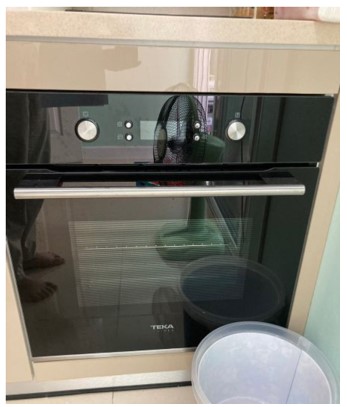
Reference: INTAGE Consumer Life Panorama
Ownership of air fryers was also observed in several households. Air fryers became popular as an easy way to fry food at a time when people were increasingly cooking for themselves due to the restrictions on leaving the house caused by the Corona disaster. The upper SEC tended to own air fryers as well.
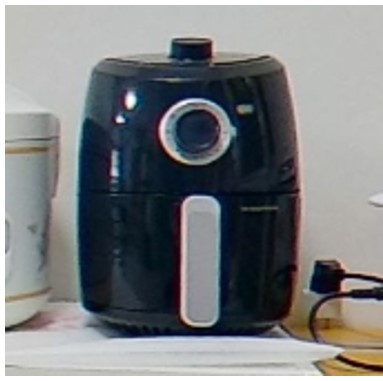
Reference: INTAGE Consumer Life Panorama
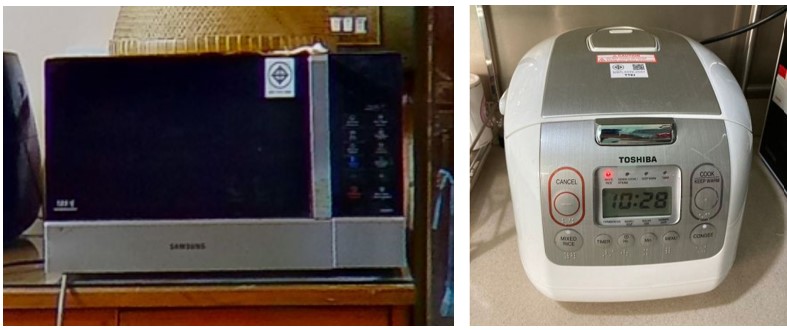
Reference: INTAGE Consumer Life Panorama
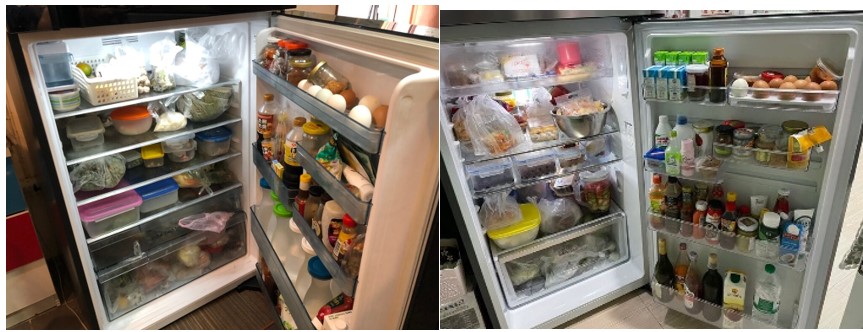
Reference: INTAGE Consumer Life Panorama
The higher the SEC tier, the more health-conscious people focus on cooking for themselves, and they tend to purchase and cook more food items at a time with an awareness of dietary management. The high level of cooking appliances and seasonings is probably a sign of strong interest in and concern for self-cooking.
SEC middle/lower tier (Class C and D) - mainly middle class and food service, simple and minimal kitchen
Then let's look at the middle/lower tiers of the SEC.
Ovens and toasters, which were seen in the upper SEC tier, were rarely seen on the CLP.
Microwave ovens and rice cookers have somewhat more limited functions than those in the upper SEC tier, and in many cases, simple products are used. In some cases, there were many households using retro products with a sense of use.
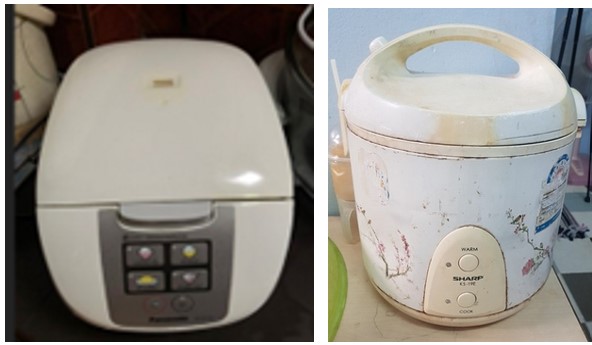
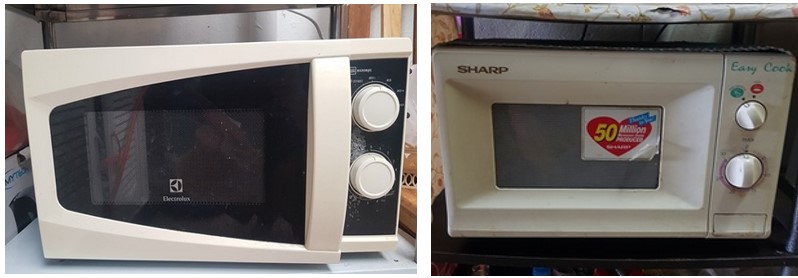
Reference: INTAGE Consumer Life Panorama
There also appear to be differences in the refrigerators.
In many cases, the ingredients themselves were stored in bags, and the number of seasonings tended to be smaller than the number of pre-cooked dishes seen in the top tier.
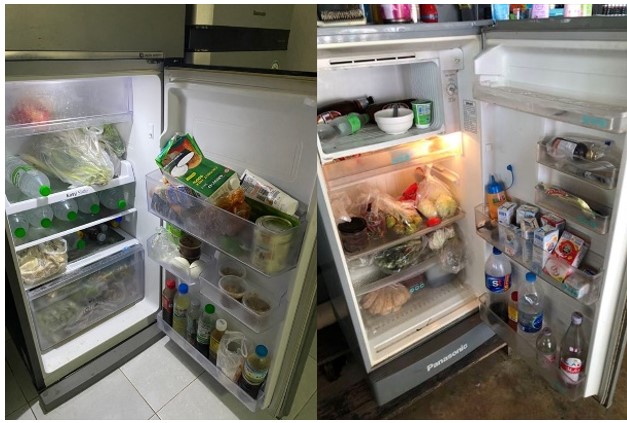
Reference: INTAGE Consumer Life Panorama
In Conclusion
How did you find the self-catering situation in Thailand, broken down by SEC?
Household income is often used as an important indicator when trying to understand consumers. I hope that through this column, I have been able to show that information about eating habits can also be used to help us understand consumers.
Translated with AI Translator
What is Consumer Life Panorama?
This is a website-type database that has accumulated visual data on more than 1,000 sei-katsu-sha from 18 countries around the world. The database includes many 3D models of living environments and 2D data of items owned by each sei-katsu-sha, and is useful for understanding overseas sei-katsu-sha, which is difficult to grasp using only letters and numbers.
For more details, click here.
Using visual data such as that cited in this column, it is possible to
・compare differences between overseas residents by attribute
・realistically grasp the actual usage of categories
・understand the lifestyles of target residents as a whole,
etc., and it can be used as a home visit survey that does not require going to the location.
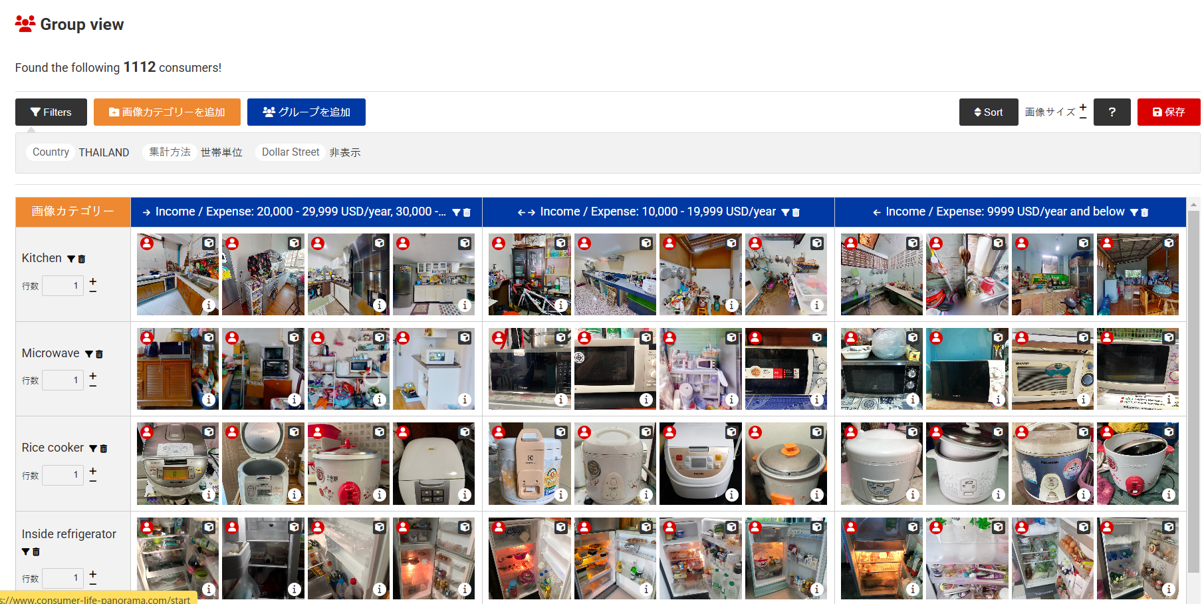
▲収入別にキッチン・保有する電子レンジ・炊飯器・冷蔵庫の中身を比較した例。
CLPでは、搭載されているビジュアルデータを人の属性別に整理して、カテゴリー・アイテムごとに分類する「Group View」機能を搭載。
規則性のない画像蓄積のままでは扱いにくいビジュアルデータを、分析しやすい形でご提供します。
-
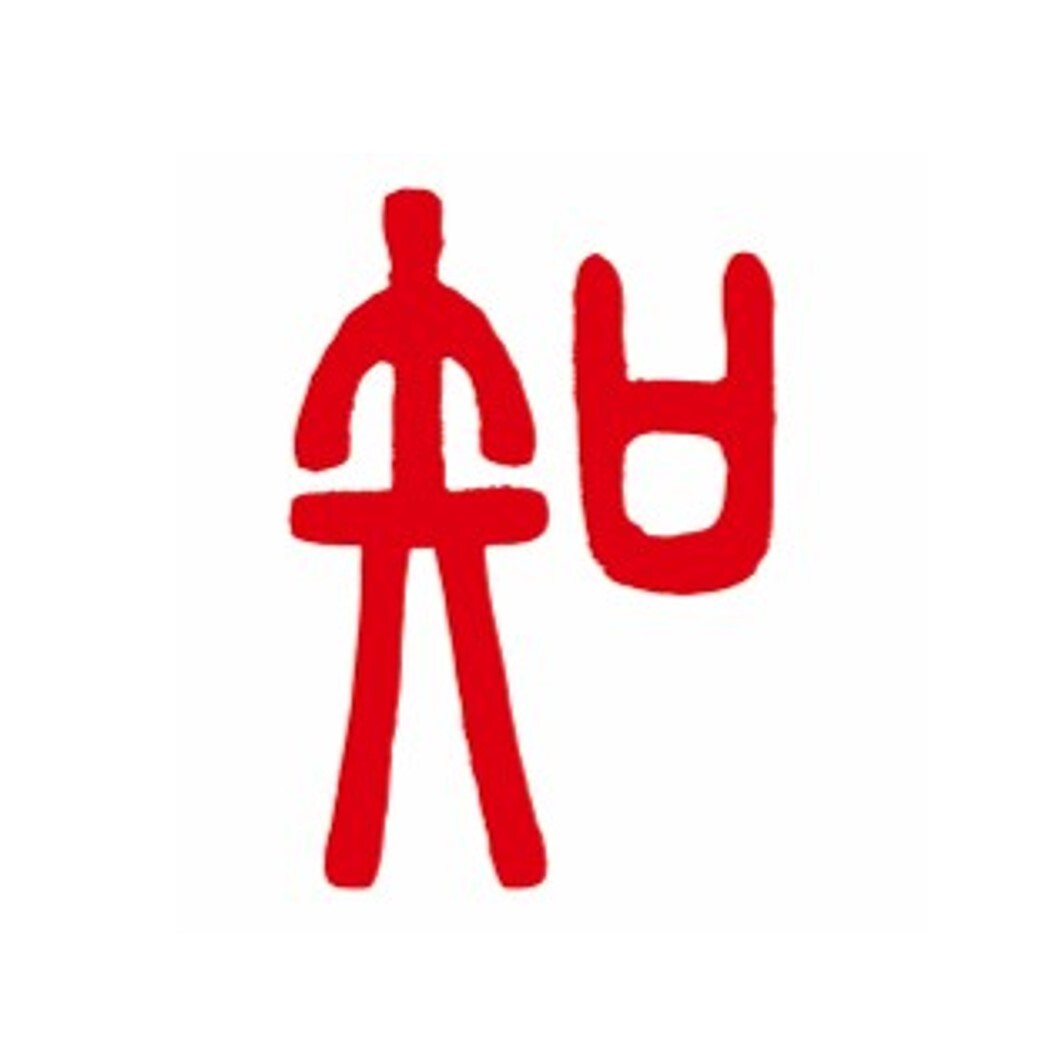
Author profile
Saki Otsuka
Joined INTAGE in 2022. Engaged in marketing research in the DCG area, mainly in the electronics industry.
-

Editor profile
Risa Takahama
Global Market Surferのサイト作りを担当。
 Global Market Surfer
Global Market Surfer CLP
CLP